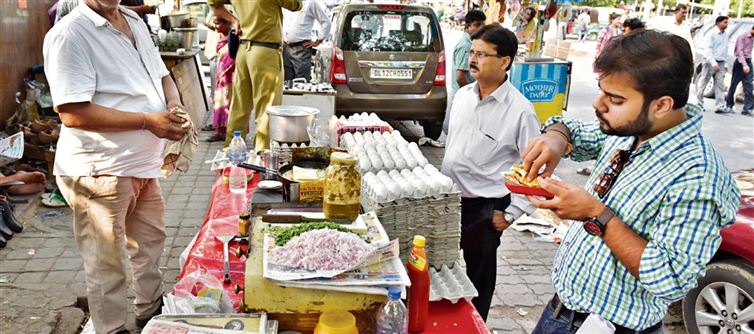
FSSAI, India’s food regulator, was created to keep unsafe food out of our kitchens. Instead, it has become a silent spectator while adulteration, chemicals, and toxic products flood the market. Here are eight shocking food items that prove how badly FSSAI has failed us.
1. Milk – India’s “White Poison”
Adulterated with detergent, starch, and even formalin, milk in india is often unfit for human consumption. Despite repeated supreme court warnings, FSSAI still hasn’t cracked down on the dairy mafia.
2. Spices – Mixed With Industrial Dyes
Your turmeric, chili, and coriander often contain lead chromate, metanil yellow, and textile dyes. Instead of purity, FSSAI-approved labels have become a cruel joke.
3. Edible Oils – Blended With Cheap Solvents
Mustard oil mixed with argemone oil causes dropsy. Palm oil is secretly blended into “groundnut” or “sunflower” bottles. FSSAI allows the oil lobby to thrive while consumers suffer.
4. Packaged Snacks – Loaded With MSG & Trans Fat
From chips to instant noodles, monosodium glutamate, excess salt, and hidden trans fats dominate shelves. Labels lie, and FSSAI looks the other way.
5. Soft Drinks – Liquid sugar Bombs
Popular sodas contain 10–12 teaspoons of sugar per bottle, along with synthetic coloring and harmful phosphoric acid. Yet, there’s no mandatory “health warning” label.
6. Street Food – zero Checks, Maximum Risk
Pani puri water made with drain water, cutlets fried in reused oil, ice lollies with sewer ice—FSSAI ignores this dangerous reality in every indian city.
7. Bread – Laced With Cancer-Causing Chemicals
Tests revealed potassium bromate and azodicarbonamide in popular bread brands, chemicals banned worldwide. FSSAI took years to react, even after public outrage.
8. Bottled Water – Fake Seals Everywhere
Fake bottled water brands thrive at stations and markets, filled with tap water and bacteria, but sold with “FSSAI-approved” stickers.
🔥 The Bitter Truth
From milk to bread, India’s daily diet is riddled with poisons. FSSAI has failed to enforce strict action, putting 1.4 billion citizens at constant risk. This is no longer negligence—it’s a public health disaster waiting to explode.




 click and follow Indiaherald WhatsApp channel
click and follow Indiaherald WhatsApp channel